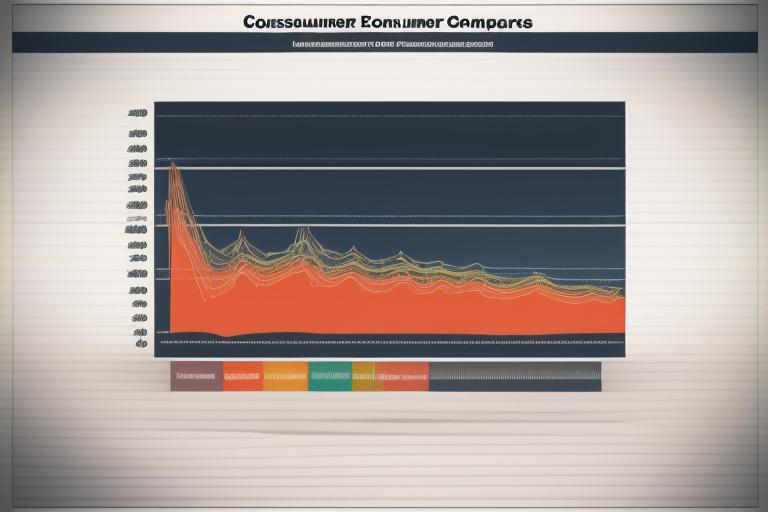Consumer Surplus is a core concept often used in economics, marketing, and business strategy. As informed consumers, business managers, and marketing strategists, understanding this concept could potentially garner significant advantages—whether in maximizing savings or driving business profitability. Here, we aim to explain this concept along with the formula to calculate it and real-world examples.
Understanding the Concept of Consumer Surplus

Consumer Surplus is an economic term referring to the benefit or excess gain consumers receive when they can purchase a product for a price lower than the max price they are willing to pay. It is essentially a measure of the consumer’s welfare or satisfaction obtained from a purchase.
Formula for Calculating Consumer Surplus

Consumer Surplus can be calculated using the formula: Consumer Surplus = Maximum Willingness to Pay – Actual Price Paid. It can be graphically calculated as the area between the demand curve and the actual price line on a demand-price graph, up to the quantity sold.
Examples of Consumer Surplus

Let’s consider an example. Suppose you are willing to pay up to $100 for a pair of shoes, but you find the pair you want for only $80. In this case, your consumer surplus is $20. It’s an economic gain you’ve achieved due to market conditions.
How Consumer Surplus Affects Business & Marketing
Understanding Consumer Surplus can help businesses and marketers in pricing strategies. By predicting Consumer Surplus, they can price their products to maximize profitability. For example, using dynamic pricing models, businesses can potentially extract more consumer surplus by targeting consumers with higher willingness to pay.
In conclusion, Consumer Surplus is an influential factor in economics that can greatly affect business strategies and consumer buying behavior. Knowing how to calculate and apply it could transform your approach towards pricing and marketing strategy.
